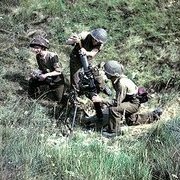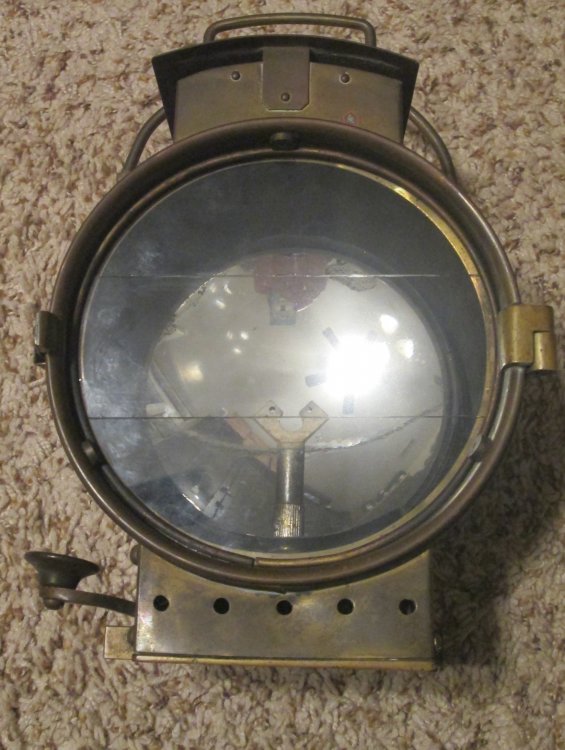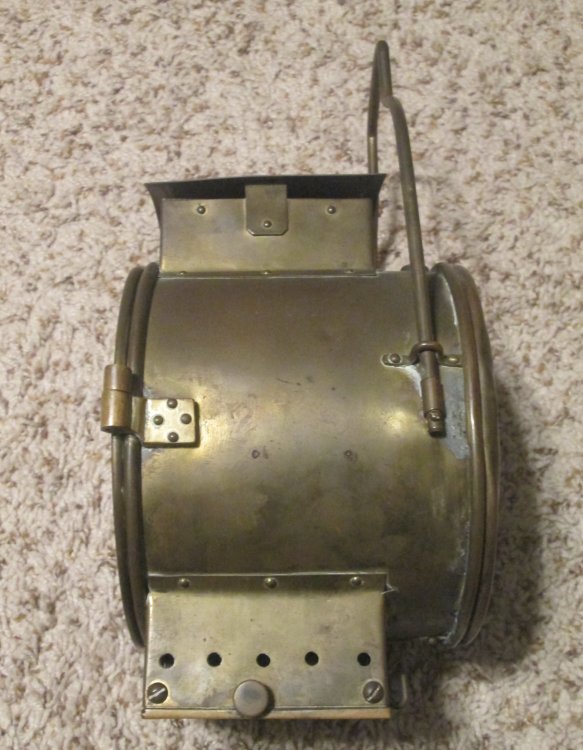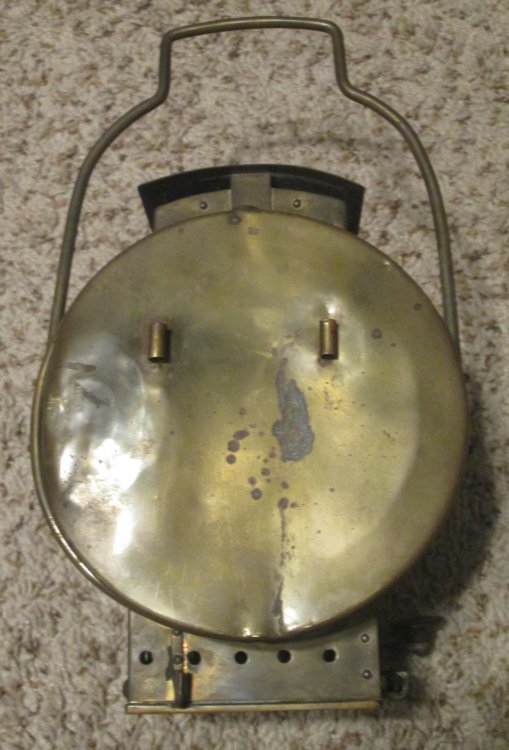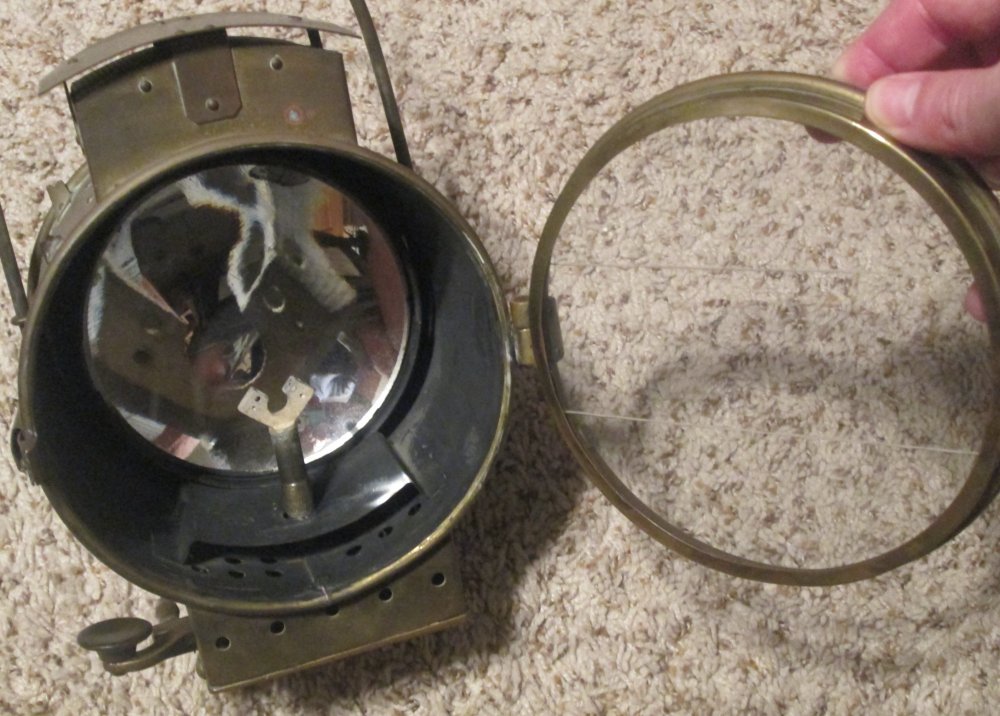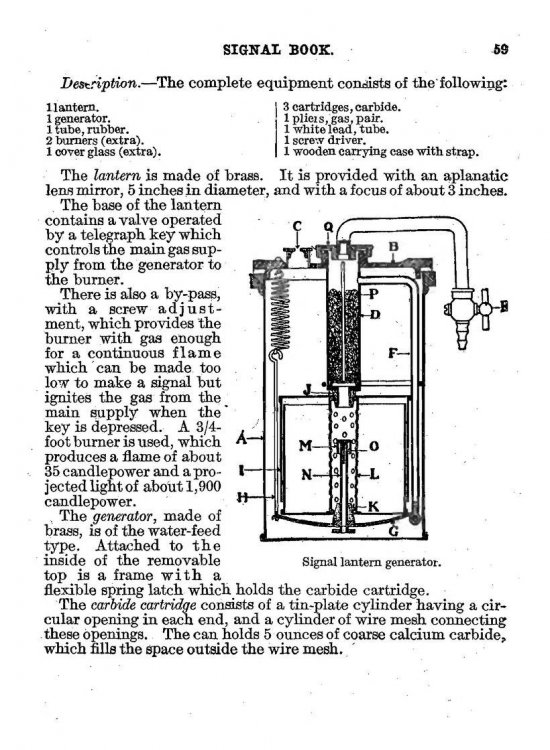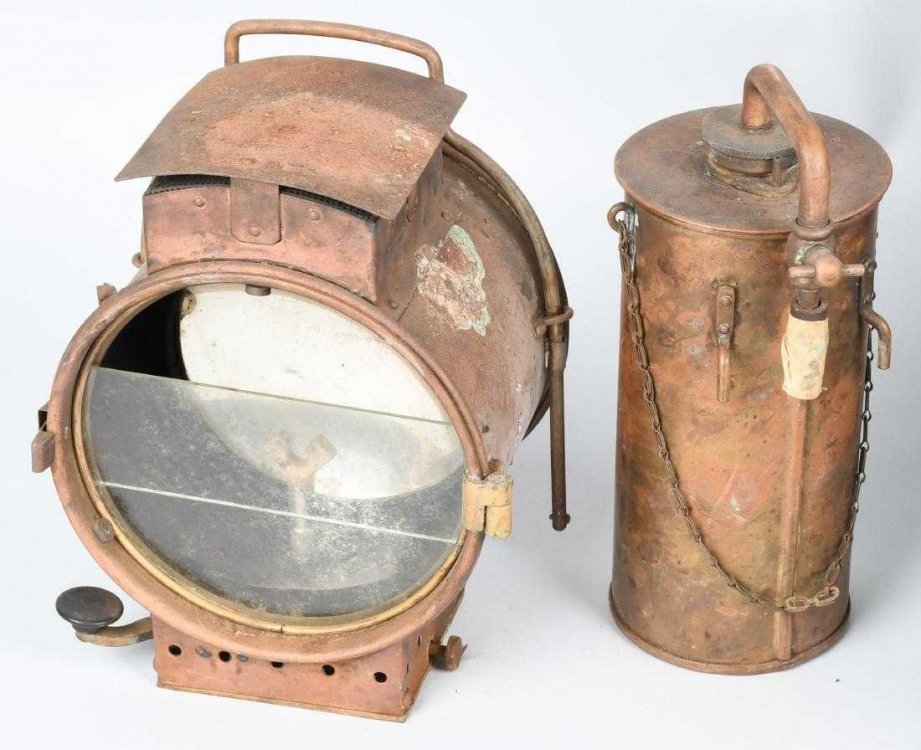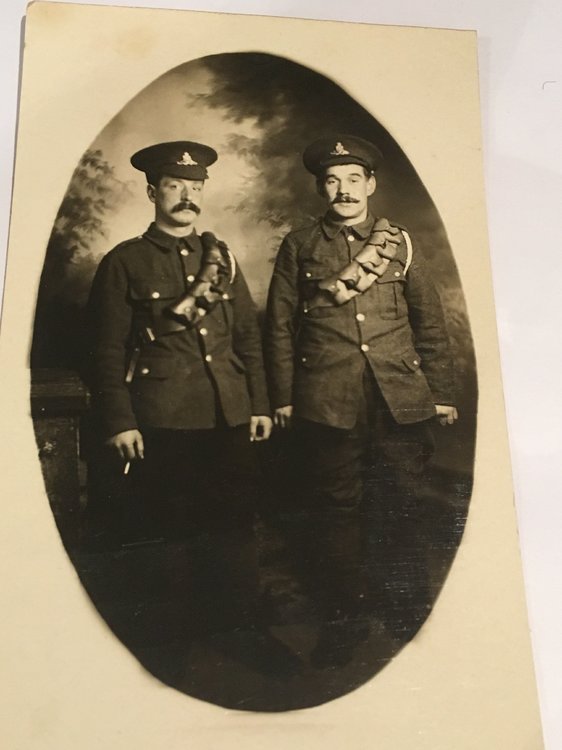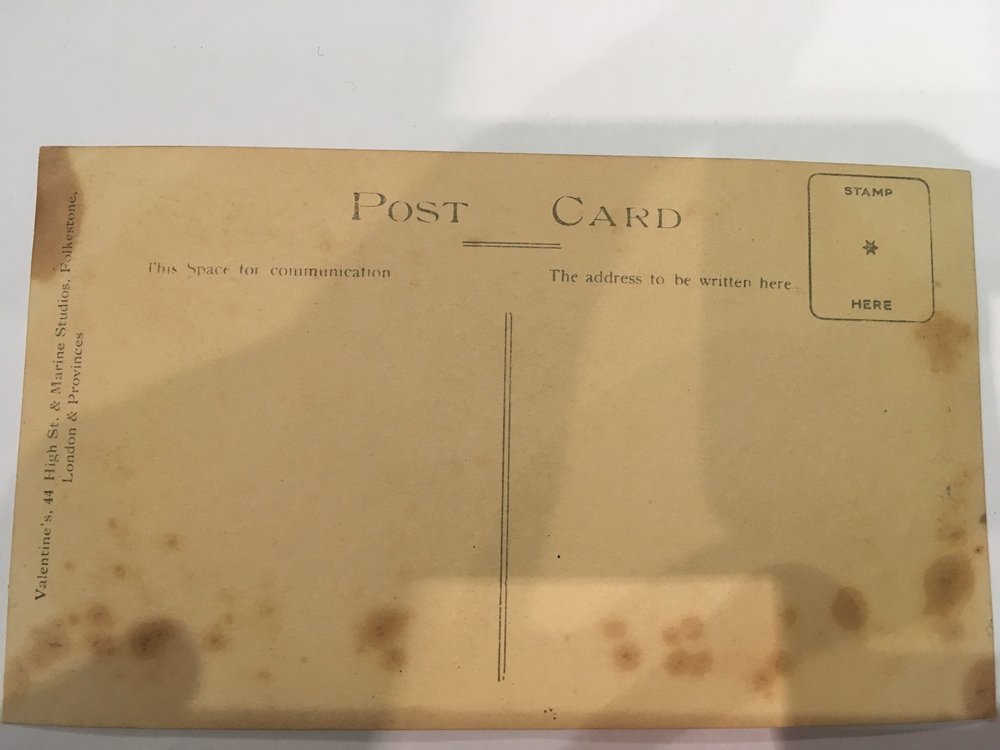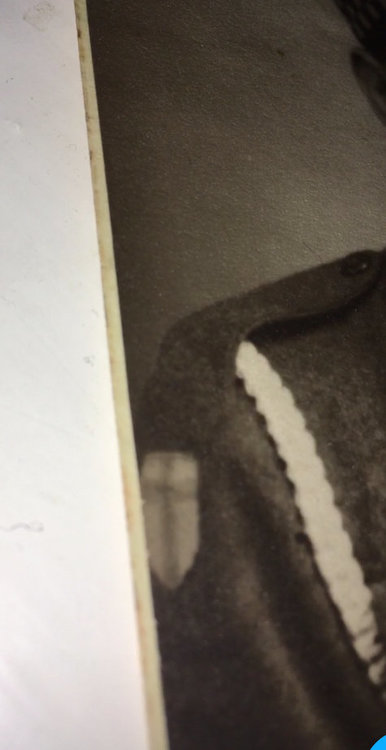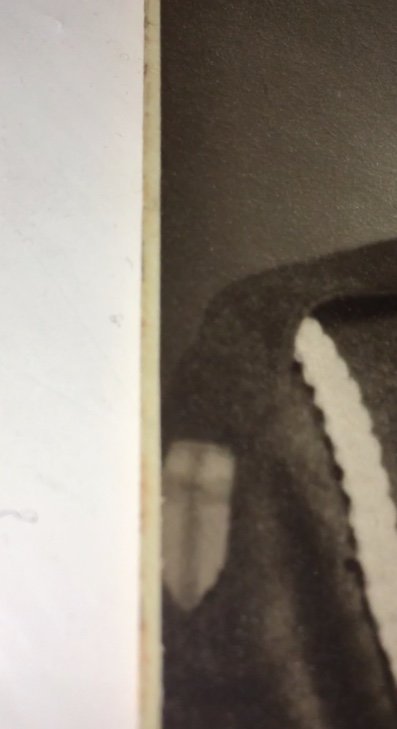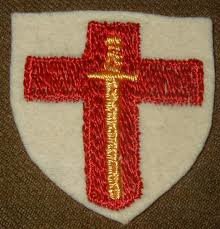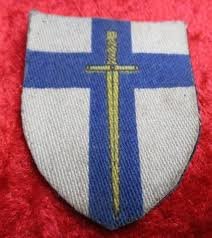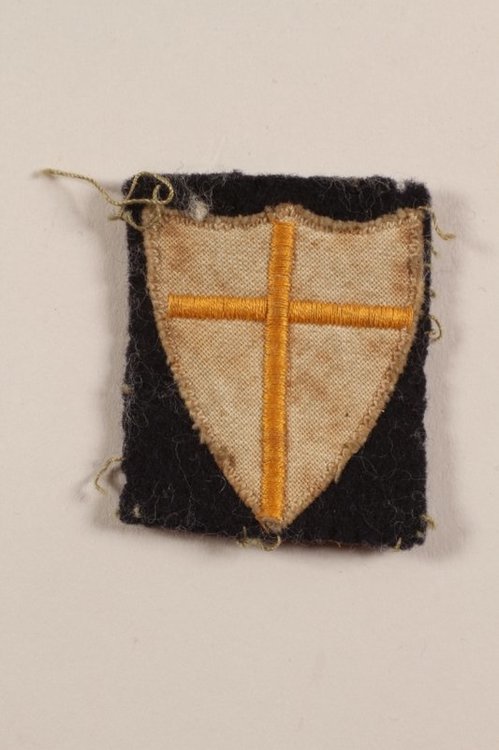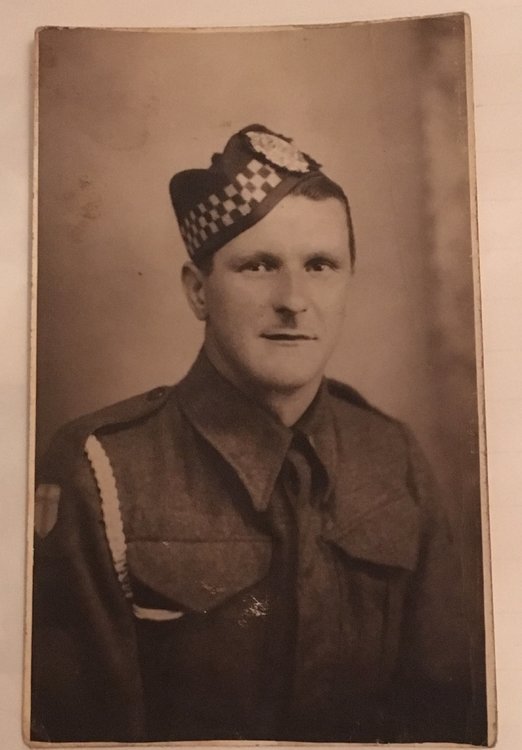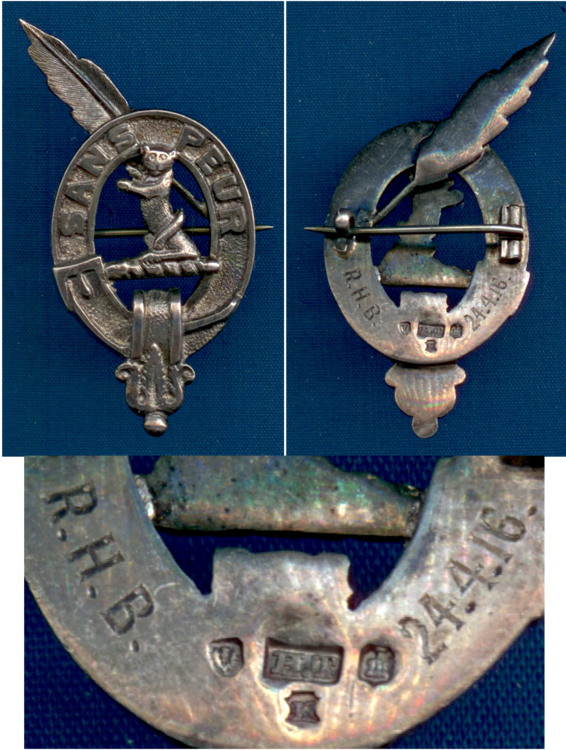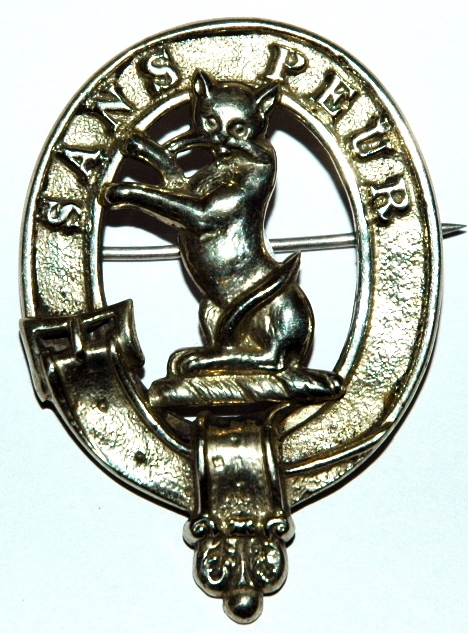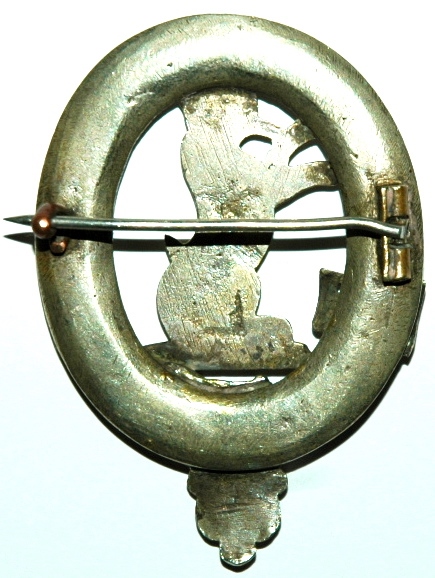Leaderboard
Popular Content
Showing content with the highest reputation on 12/06/20 in all areas
-
Here is something not seen much anymore, a pre-WW1 U.S. Signal Corps Lantern. The device was produced by J.B. Colt and patented in 1902. This model was powered by the use of a acetylene generator, which was in a cylinder that was attached to the lantern. The lantern itself is very well made, heavy as its mainly brass. According the the 1916 signal corps manual, this device could produce 1900 candlepower, which is an obsolete form of measurement, however today the candlepower equals roughly 1 per 13 lumens. These devices were primarily used for night signaling and the range was about 30 miles. I have only been lucky enough to find the main unit, I am still looking for the tripod and the generator. However the item I have in in very good shape, with no real damage and seems to function as normal, the Morse key also functions. Except from the 1916 signal corps manual in which it discusses the device. Image from the internet showing the heliograph and generator.1 point
-
1 point
-
1 point
-
Yes, lol. Its a Monday for sure....I did find a copy on DVD, so I will be ordering one, looking forward to watching it.1 point
-
I think you mean Kenny, I have a copy of this film it's very good.1 point
-
Thanks for the info Kenny, I will see if I can find a copy on DVD. You may be correct on the rifle, the M1917 looked almost identical to the British version, the P14, and it may have been a captured rifle or lend lease. Just odd to see is all.1 point
-
1 point
-
Hello all, I’ve found some old photos and postcards from some of my relatives time in the millitary, many will appear on here at some point as there are some interesting ones and some I have questions about. However this is one of the later, could anyone date the picture from this postcard? also what are the chances that this was a personal picture put on card or is it just a generic one? Any help will be greatly appreciated. Thanks in advance, Jack1 point
-
The Arylls were in both so it could be either, I’m looking to see if I have any other information on him that might help as otherwise I think it is just a 50/50 guess.1 point
-
Hi Tommy, yes there certainly seems to be a cross on the insignia, maybe it is First Army?1 point
-
Yes the photo I uploaded doesn't show the patch very clearly I've added another two to this which hopefully show what I believe to be the sword however it is still not as clear as I hoped. I had never heard of photos being edited in this way before, its not to my taste as I think photos should be left unedited as to show things exactly how they were but each to their own. He did survive the war so I that makes this less likely but I guess still could of happened. Thanks for the help, hopefully the photos clear this up a little, Jack You can hopefully see the hilt of the sword in the centre of the cross and the faint line of the blade going down the centre.1 point
-
It does look like 8th Army with the yellow and white shield, I'm struggling to see a sword. Another possibility is that the shield was added by the photographer, I have seen this before especially with German photos when an Iron cross was added for example. If the badge was added by the photographer to denote his service in the 8th Army then perhaps this is why the scalloped top was left out. Here is a German officer with Knights Cross added, this was commonly done by the photographer to update photos they had of the recipient, when it would be too difficult to obtain an up to date photo with the new awards. You can also see this on photos of individuals who received awards but were killed shortly afterwards when a photo of them with the new award was never taken. So perhaps this relative sadly did not survive the war and fell when serving with the 8th Army.1 point
-
Thanks a lot, I hadn’t thought of the 21st. It turns out the Argyll’s were all over the place during the war and many of the battalions suffered heavy casualties leading them to being absorbed and re formed a lot and then being moved all over the place again, so that makes tracing the patch a lot harder but I’ll have a proper read later today and see if I can rule out a few options. Thanks again, Jack1 point
-
He's certainly an Argyll, but the shield is harder because it's in black and white, if you could research who the Argyll's served with during WW2 that would be the way to go. There are about ten similar shields, 21st Army group is another possibility.1 point
-
The 8th army was also a possibility however the patches I've have only seen the shield on a black backing and the shield its self has a scalloped top rather than a flat one in the photo. I also believe i can see a faint cross inside the larger cross which could be the sword on the 1st and 2nd armies patch that is not present on the 8th. I used the thread on here to help identify the glengarry, I think the Kings own Scottish borders used the same dicing but I don't think the shape of the cap badge fits with the one in the photo as well as the Argyll and Sutherland one does but its a hard call. Unfortunately I don't have any actual ones to compare it to and no other information to go on. Thanks for the help so far, Jack 1st photo: 1st army patch 2nd photo: 2nd army patch 3rd photo: 8th army patch1 point
-
Another photo, this time from the Second World War, that I would appreciate some thoughts on, Although it’s hard to tell I think the badge to be that o the Argyll and Sutherland hylanders, but if anyone has any other Ideas i’d be happy to hear them. I was thinking the patch could be that of the 1st or second army as I think I can see the inner sword in the cross, is there any way to tell the difference? I have not seen many pictures of lanyards being worn during the Second World War, so I was wondering why this was?, I searched for pictures of members of the Argyll and Sutherland and also other Scottish units but next to none were wearing one. As always any help appreciated, Regards Jack1 point
-
Thanks for all the help, I believe one of them men could be my great granddad, I have his medals from the first world war that have R.H.A on them and my thinking was that it stood for Royal Horse Artillery, so upon seeing the cap badge thought that if this was from the right period then one could be him. I shall have to look into accessing his war records or keep looking and see if I can find a named photo somewhere. Thanks again, Jack Edit: Turns out I didn't read R.H.A. off a medal but rather off one of the record office forms that accompanied one. And it turns out the full text was actually R.H. & R.F.A. So it appears that I can't read. He was in the field artillery and I have found his record online in various places but you have to pay to see it. Are some sites better than others in terms of information given or are they all the same? Sorry for the mistake, Regards, Jack1 point
-
Hi Jack, yes these were personal portraits so one of the soldiers is probably a relative of yours or maybe both if they are brothers, I agree, early war probably 1914 or 15.1 point
-
Portrait photo Jack WW1 period no way to date it without a post date stamp.1 point
-
1 point
-
I recently spotted these two 5th Battalion Seaforth Highlanders badges for sale, the first badge made in silver and stamped in Edinburgh hallmarks for 1915, is said to be inscribed to Lieutenant R.H.B 24.4.16. An excellent example of a Officers cap badge. Second badge is said to be worn by the rank of Sergeants .1 point
-
Looks like you got them beat Leon , it is the 5th Battalion of the Seaforth Highlanders. The 5th Seaforth Highlanders adopted the motto Sans Peur , from the French "Without Fear", with the crest which was a wildcat and the tartan, all of the Sutherland clan.This differentiated the 5th Seaforths from other Seaforth battalions who displayed the motto of the MacKenzies which was Cuidich 'n Righ (Help the King) and also who wore the MacKenzie tartan. "The 5th Bn. of the Regiment was a territorial unit in both World Wars and recruited in the counties of Sutherland and Caithness. Instead of the Mackenzie tartan kilt and stag's head badge the battalion wore the Sutherland Kilt and the wildcat badge of the Clan Sutherland. The 2nd and 5th battalions formed part of 152 Brigade of the reconstituted 51st Highland Division, and served with distinction from El Alamein onwards through to the German surrender in Sicily. Subsequently 152 Brigade joined the D-day campaign from 7th June 1944 and served continuously until the capture of Bremen and VE-Day. Uniquely for a territorial battalion in World War II, the 5th Battalion Seaforth Highlanders was the subject of a battalion history, Battalion by Alistair Borthwick, which is a powerful testimony to the quality and sustained contribution of this distinguished unit."1 point


